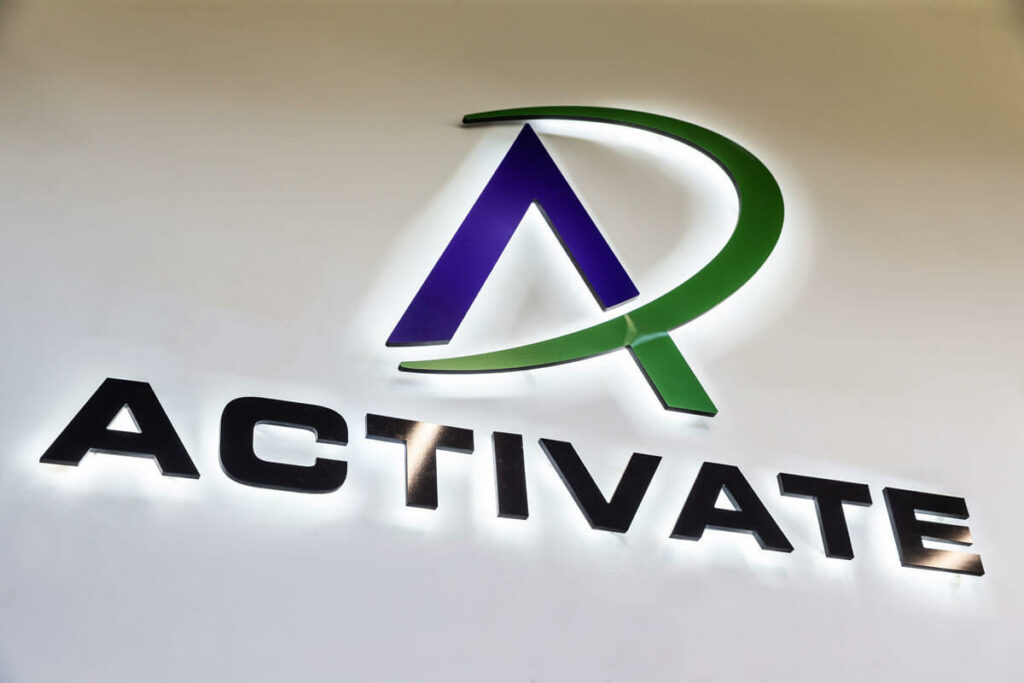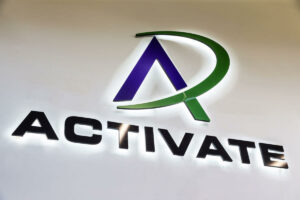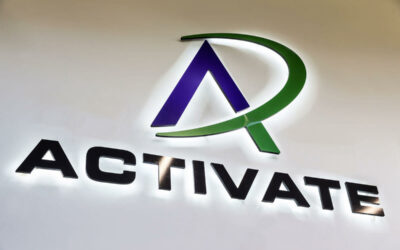In daily life the gluteal muscles (Buttock muscles) serve a key part in our ability to function, especially in tasks involving standing, running or jumping. The gluteal muscles are often targeted in rehabilitation for numerous issues i.e. those involving the lower back, hip and knee due to the key roles they play in stability and lower limb control. Despite this the glutes themselves can be a source of great discomfort and pain.
One of the biggest issues that effects these muscles is called gluteal tendinopathy. The information held in this piece will hopefully give you an insight into the condition and its rehabilitation, as well as helping to highlight how our physiotherapist can help you recover.
How common is it?
In the past it was commonly interpreted that pain in the lateral hip region was a bursitis, however more recent research has provided a clearer understanding to the cause of these symptoms highlighting Gluteal tendinopathy as the primary pathology underpinning lateral hip pain (Grimaldi, et al, 2015).
Gluteal tendinopathy (GT) is most prevalent in women aged over 40 years of age, with the literature documenting reports of up to 23.5% of women and 8.5% of men between the ages of 50 and 79 suffering from this condition. However, more recent reports show that a wide range of ages can suffer from this issue; commonly those who are more sedentary or weekend warriors.
Gluteal tendinopathy generally presents as pain over the bony lump on the outer part of your thigh before spreading down towards the knee or into the buttock itself. The pain generally presents without a specific injury but in relation to a sharp increase in the load levels applied to the glutes. Pain can be debilitating and tends to get worse over time and is usually worse at night leading to disturbed sleep and discomfort lying on the hip. During the day symptoms are generally task related causing issues when using stairs, rising from a chair or doing most activities involving balance or stance on one leg.
What might cause your pain?
The cause of GT is highlighted in the scientific literature to be multifactorial.
Compression, tension and overload of the tendons of the glute muscles at the point they attach into the greater trochanter (bony lump on your upper outer thigh) are thought to be the main causes. An example of this is during stance when the leg is held towards your other leg .

In standing your hip uses two muscle synergies (partnerships) to help it to stabilise (Figure 2a), 1) trochanteric abductors providing 70% stability and 2) Iliotibial band (ITB) tensioners providing 30% stability (Grimaldi, et al 2015).
If there is a switch into reliance upon the ITB tensioners to stabilise your hip, a significant increase in the compression force from the ITB as it passes over the gluteal muscle attachments at the outer hip bone occurs (Grimaldi, et al 2015).
When this is added to increased loading of the gluteus minimus and medium muscle tendons in their lengthened position,over time a degradation and structural change to the tendons occurs which then generates pain.

Excessive loading or varied and rapid increases to your physical activity levels, large changes in distance, speed and / or the intensity of training sessions can cause the onset of pain. This alongside a reduced strength level in the gluteal muscles will increase their functional demand causing an overload.

What are your treatment options?
The academic literature has identified that the treatment of GT generally depends on the phase of tendinopathy, a physiotherapist is very well placed to assess this and provide you with appropriate strategies for management. The key to improvement from this issue is a physiotherapist prescribed exercise rehabilitation program completed alongside manual therapy and education regarding the condition.
What are the key factors / treatment options to address?
Pain management – The first step is to get the pain under control, through a reduction of load across the tendons to a level that stimulates recovery. We as Physiotherapists rarely get people to avoid activities altogether, instead we modify or reduce them to levels the body can manage at that time. However avoiding activities that combine overload and compression like hip adduction i.e. poor stance or from crossing your legs will help greatly at this stage.
Strength – Starting with basic exercises to reeducate load capacity of the gluteal tendons and improve pelvic / core control is key in the initiation of the recovery process.
Load management, functional strength and return to activity planning – Progression can be made once pain is under control and load tolerance has been improved in the gluteal muscles. A move towards weight bearing exercise and functional strength based exercise can be made at this point before progression to a graduated and planned return to general activity.
How can a physio help?
Guide you on your most appropriate exercises and other helpful treatments.
Answer questions related to your hip pain, and explain in greater detail the contents of this blog where necessary.
Help you understand why you have hip pain, what factors have most likely caused your pain and how to modify your activity to improve your pain and recovery.
Provide taping or manual therapy which may be important to improve pain and flexibility. Gluteal tendinopathy is a complex condition and one that requires management based not on a set of standardised exercises but an individual tailored approach. Using the principles set out above our physiotherapists are well placed to help in the recovery from this issue. Some people with completion of the pain reduction and strength building phases will be improved adequately to allow a graded return to normal activity. However, in other cases especially those hoping to return to running or sport a progression through the later phases of rehab including movement biomechanical education, power, and plyometric work is essential.
As with all advice included in the Activate Physiotherapy blog’s this is not meant to replace assessment and treatment from a trained health professional. Getting a professional opinion can help stop things becoming a persistent problem which further impedes your wellbeing. So if in doubt get it checked out! We here at Activate Physiotherapy are very happy to help.
Thanks for reading
Barry
For all your Physiotherapy, Sports Massage, Acupuncture and Dry Needling needs in Newcastle, feel free to give us a call on 0191 6031121 or view other areas of our webpage https://www.activatephysio.co.uk
Our clinics are in easy reach from Newcastle, Tynemouth, Gosforth, Gateshead, Whitley Bay, North Shields, Wallsend, Heaton and Jesmond.

